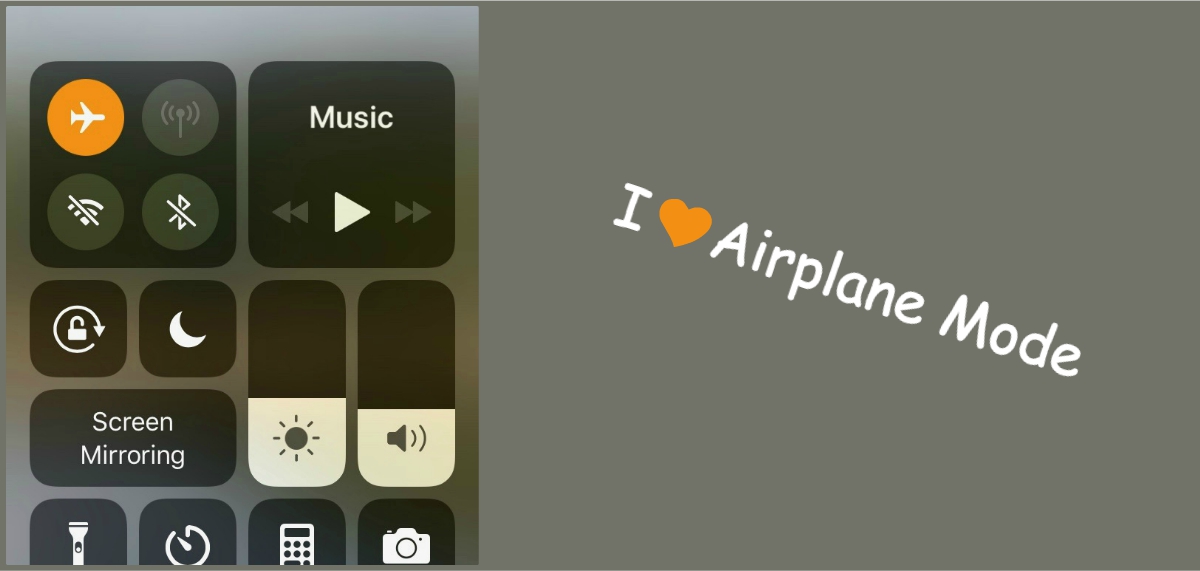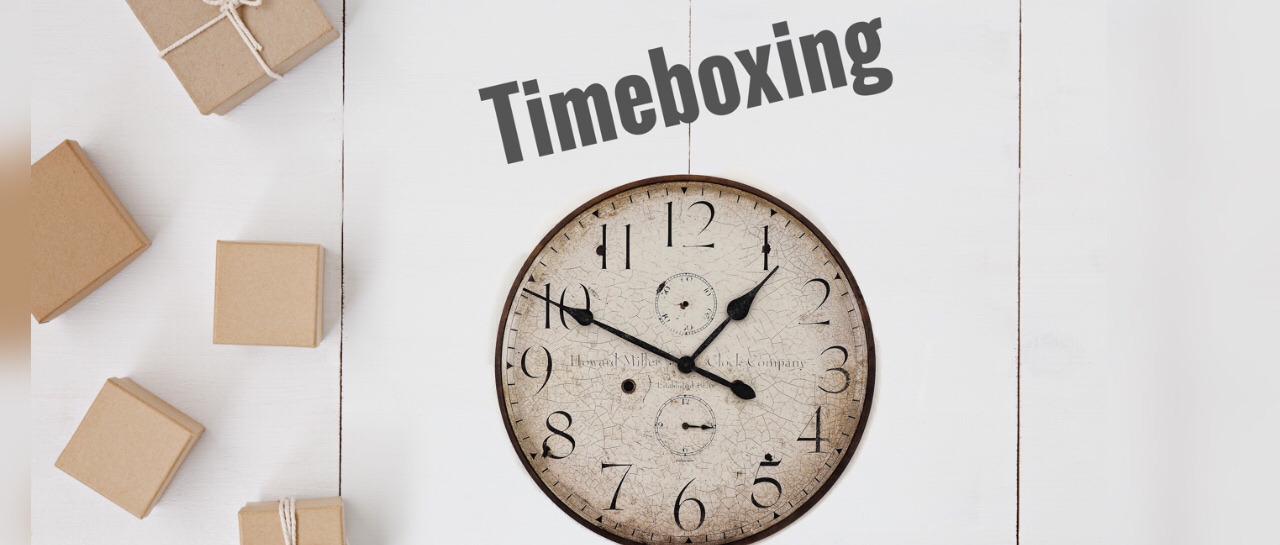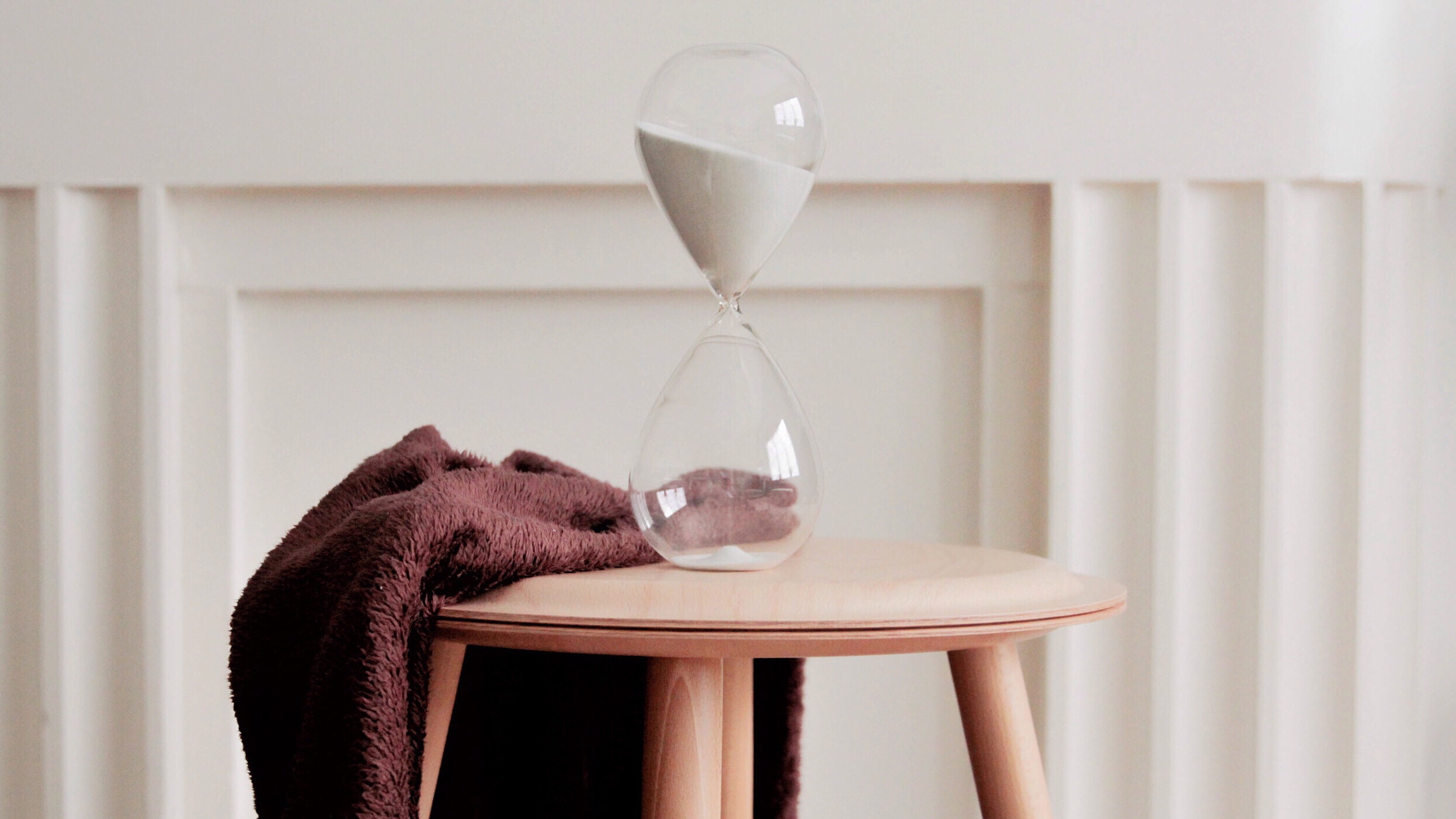How can I pursue the dreams that God has placed on my heart when I can’t even remember to order my daughter’s lunch or send my mom a birthday card? I want to be able to look my child in the eyes and focus on her without distraction and without a dozen thoughts racing through my head. How can I hear God’s still small voice amid the dings of my cell phone?
All at once I became very convicted that I was being inefficient in how I managed my home and how I was stewarding my body. The constant doubt over daily decisions was exhausting. This began a long journey of prayer, pondering, reading, and writing. I read books on productivity, cognitive science, habit formation, and prioritization. Every one of the books I read gave me little pieces of the puzzle that was my answer to prayer.
I shared in my post, I Wasn’t Going Crazy. I Just Needed a System, how my fractured thinking led to much wasted time and caused me to doubt my decisions. In this post, I’ll talk about what Getting Things Done (GTD) is, what it ISN’T, and what I learned from it.
Getting Things Done (GTD) is a business productivity book by David Allen.
Moms don’t frequently go to the business section of the bookstore to look for help in managing their home and lives. But I believe that today’s mom can get much help from reading this book. It’s a guide that has allowed me to get my to do list out of my head, off of various pieces of paper, and set up in an structured way that I am able to manage and keep current. It includes a specific workflow system for managing what we decide to do each day.
What do I mean by workflow? Let’s say you walk into your bathroom and see a hole in the drywall from the towel rack that you accidentally tore down last week when you took the towels off to do laundry. And let’s say you further see the large crack in the shower tile that said towel rack made when it fell. This is a hypothetical example, of course. What do you do with that information? Do you write it on a list somewhere? Do you just file it in your brain and tell yourself that you’ll figure it out later? Surely you’ll remember to do something about this, right?
Well, later you also get an email from your child’s school asking for you to bring in a snack for a party, realize that you have to reschedule an appointment that now has a conflict, and get a reminder on your phone that next week is your mother-in-law’s birthday, so you should really get her a card and talk to your husband about a gift. What do you do with all of this? Do you do it right now, when you’re thinking about it? Or make a note for later? Or do you just file it in your brain? Just choosing what to do with these things used to give me decision fatigue. When I actually had time to think about and take action on something, I didn’t have any decision-making energy left. So I’d head to the kitchen to find something to cook or some dishes to wash. Hey my sink was usually clean!
GTD helps you to define your own workflow so that you know exactly what you ALWAYS do with phone calls you need to make, errands you need to run, items you need to buy, conversations you need to have, and projects you want to complete. It helps you to define your own plan of action so that you don’t have to make these decisions over and over. You can save your willpower for other more important things – like avoiding the snack cabinet at 9:30 PM.
GTD also helps you to define your workflow for paper, but I’m not going to talk about paper in this series. Paper is not a big problem for me right now as I scan into Evernote much of what I need to keep and file what I do need to keep in hard copy. My filing method is not super efficient and I do need to deal with it. David Allen has some great ideas in the book, but it’s just not a priority for me right now. Maybe this winter…
GTD is NOT…
It is NOT a method for determining your priorities. It does not guide you to cast a vision for what you want your life to look like. In fact, this is the area I thought was truly lacking in his method and I see that he has written a new book, Making It All Work, which focuses more on vision planning and prioritization. This is the part that I had to add on when creating my GTD system.
I literally got the end of the book and thought, “Ok. I’ve got all of my to do’s in all of my contexts and they are current and in one place. I know what my next action steps are. But I can’t do them all at once. So HOW DO I DECIDE WHICH ONE TO DO FIRST?”
Crickets.
Which was a good thing because then I prayed about it. That’s what I should have thought to do first anyway, right?
In my system that I am going to be writing about in this series, I’ll include how I prioritize my daily tasks and figure out what I’m going to do and when I’m planning to do it each day.
What I learned from GTD
- In order to keep my brain from being cluttered with constant reminders, I need to get them out of my head and into a trusted system.
- I will only trust my system – and keep my brain from trying to remind me- if it is current and reviewed regularly.
- My system must be easy to use and easy to keep current.
- I need to give myself the gift of the weekly review; reviewing all of the items in my various “inboxes” and bringing my system current.
- The power of the 2 minute rule: if it takes less than 2 minutes, just do it now.
- The mom’s caveat to the 2 minute rule. If you’re doing your top 3 Most Important Tasks (MIT’s) for the day, don’t let yourself be distracted by ANYTHING with a lower priority, even if it takes less than 2 minutes. Of course, I’m not talking about ignoring your husband or kids. But the text, email, or abandoned sock on the floor – YES!
In my next post, I’ll get into the details about how to do a “brain dump” and get all of those buzzing distractions out of your brain and into a system. Be thinking about whether or not you’re a paper or phone kind of gal.
Have you read Getting Things Done? Do you use the system, and if so, how?






